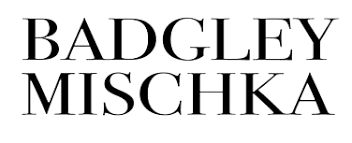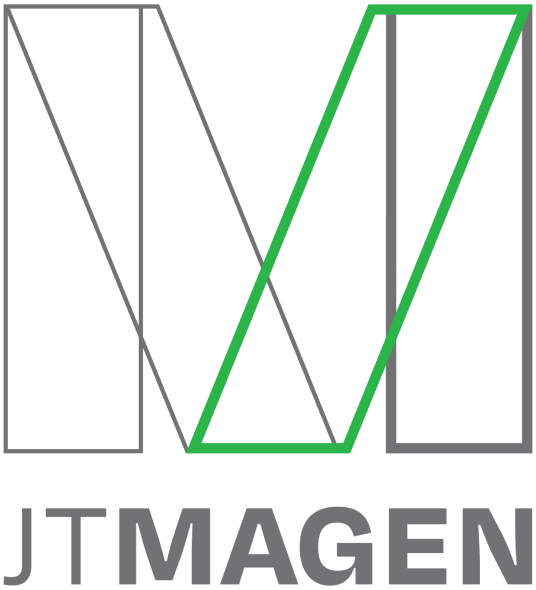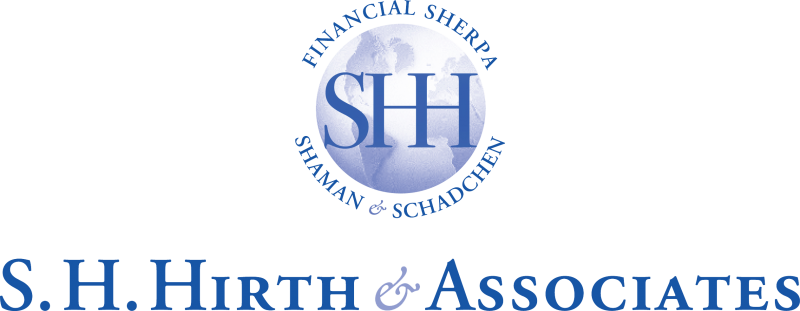Today’s cybercriminals are craftier and more efficient than ever, and data breach costs continue to soar, averaging $4.45 million for 2023, according to IBM. To stay ahead of the criminals, companies must take a multi-pronged, multi-layered approach to cybersecurity. Here are five ways to minimize your risk.
Strong Passwords and Multi-factor Authentication (MFA)
Implementing and enforcing a strong password policy with multi-factor authentication (MFA) is integral to your company’s cybersecurity. This may sound obvious, but many companies do not fully take advantage of these highly effective first lines of defense. Passwords are the main keys to your network, and weak passwords open the door to brute force and other kinds of cyber attacks. In your company’s cybersecurity policy, require all users to have lengthy passwords – the more unique characters in a password, the harder it is to crack. Passwords should utilize both uppercase and lowercase letters, at least one number, and at least one special character. Prohibit the use of old passwords or the use of common phrases, words found in the dictionary, and consecutive strings of numbers or letters. Educate users that it is unsafe to use their own names or other information that can be easily linked to them, such as birthdays, phone numbers, or partner names, or to use the same or similar passwords for different accounts. Contrary to popular belief, passwords should not have an expiration date, and should only be changed when your password policy changes, or if credential theft is suspected.
If your company currently does not incorporate MFA, make its addition a top priority. While strong passwords are the first line of defense, MFA is a necessity and adds an extra layer of protection. MFA thwarts credential theft by requiring users to complete a second step in the log-in process, usually through an authenticator application, before they are able to sign into your system. Users may also receive a code via text or email.
Up-to-Date Software and Systems
Your multi-faceted security approach must also include state-of-the-art anti-malware software and firewalls, with timely patch updates that are implemented as soon as they become available from manufacturers. But while keeping your security tools up to date is vital, it’s not the only thing that needs regular updating. In general, antiquated hardware and old versions of software lack the modern features of their latest counterparts and, as such, have vulnerabilities that threat actors can exploit. Older technology is no longer supported by manufacturers, which leaves gaps in protection. Your firm must have a protocol in place to ensure all software and hardware are kept up to date. However, if your firm relies on cloud applications, the cloud provider will automatically perform updates and patch management.
Education and Training
Many companies underestimate the importance of the human element in cybersecurity, but in reality, your employees are your first line of defense. Regular and comprehensive training for all users on how to recognize and respond to common and emerging scams and threats is integral to keeping your system safe. All team members must be educated to avoid unsafe practices, such as clicking links from unknown sources or using unsecured websites, that may unwittingly leave the door open to bad actors. Your policy should include a protocol outlining which actions users should take in response to certain threats, such as alerting the IT team or changing their password when warranted.
24x7x365 Monitoring
Monitoring your system on a 24x7x365 basis can help you detect suspicious activity and even thwart attacks that are in progress. The entire system must be monitored, with special attention paid to the endpoints – where users log into the system. But around-the-clock monitoring alone is not enough; you or your IT service provider needs to be prepared to rapidly deploy resources to expertly address suspected or confirmed threats in real time. In addition to monitoring your system for current threats, a good cybersecurity program should include periodic audits to proactively pinpoint weak points in your system that require fortification.
Consider Moving to the Cloud
To further enhance your cybersecurity, consider transitioning from an on-premise IT system to fully adopting cloud-based technology. When companies are completely in the cloud, all of their data, files, and applications live in their cloud service provider’s secure private cloud. As a cloud provider’s entire business model depends on its ability to maintain security, a reputable provider will have multi-faceted security features in place to ensure the impenetrability of its systems and the protection of your data no matter where your users are working.
Accessibility has been especially important over the last three years, as the widespread transition to hybrid and remote workplaces has caused many companies to migrate to the cloud for the flexibility and elastic security that it offers. As all logins take place within the provider’s secure private cloud, cloud-based solutions offer security that stretches beyond your office walls to wherever users are working. The cloud further secures your data by providing automatic backup and business continuity benefits, in the event you are unable to access your office due to an emergency or natural disaster. A reputable private cloud provider will operate from multiple data centers, which have built-in redundancies to safeguard against the possibility of a natural disaster or emergency at one of the provider’s own facilities. When interviewing cloud providers, be sure to verify their data centers are enterprise N+1 level facilities with multiple layers of security, including biometric access controls and premium encryption, to ensure top-level security
Tabush Group is a leading provider of secure cloud-based IT solutions and managed IT services. To learn more about how we can help make your firm’s operations more efficient and secure, contact us!








